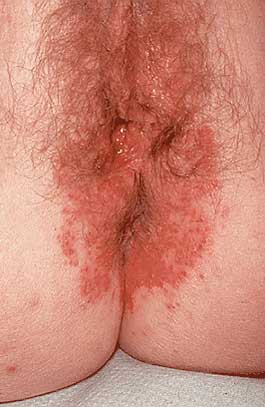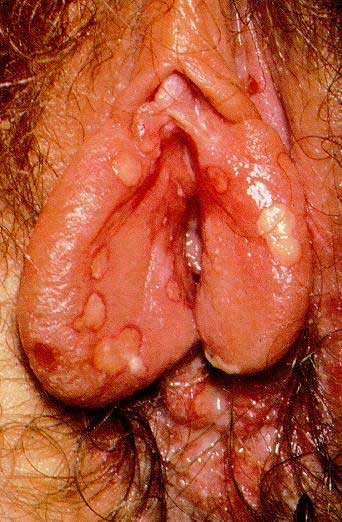U.S. herpes rates remain high: CDC
About 16 percent of Americans between the ages of 14 and 49 are infected with genital herpes, making it one of the most common sexually transmitted diseases, U.S. health officials said on Tuesday.
Black women had the highest rate of infection at 48 percent and women were nearly twice likely as men to be infected, according to an analysis by the U.S. Centers for Disease Control and Prevention.
About 21 percent of women were infected with genital herpes, compared to only 11.5 percent of men, while 39 percent of blacks were infected compared to about 12 percent for whites, the CDC said.
There is no cure for genital herpes, or herpes simplex virus type 2 (HSV-2), which can cause recurrent and painful genital sores and also increases the likelihood of acquiring and transmitting the AIDS virus. It is related to herpes simplex virus 1, or oral herpes, which causes cold sores.
Several drugs are available to treat herpes symptoms and outbreaks, including acyclovir, which is available generically or under the Zovirax brand name, and valacyclovir, known generically as Valtrex - both made by GlaxoSmithKline PLC . Ganciclovir, sold as Zirgan, is made by privately-held Sirion Therapeutics, Inc.
 The CDC estimates that more than 80 percent of people with genital herpes do not know they are infected.
The CDC estimates that more than 80 percent of people with genital herpes do not know they are infected.
Genital herpes is a recurrent, lifelong skin infection caused by the herpes simplex virus (HSV). There are 2 types of HSV: herpes simplex virus type 1 (HSV-1) and herpes simplex virus type 2 (HSV-2). Genital herpes is usually caused by HSV-2 but can occasionally be due to HSV-1. Herpes lesions on the face, sometimes referred to as cold sores, are primarily due to HSV-1. HSV infections are contagious and are spread to other people by skin-to-skin contact with the infected area.
Both types of HSV produce 2 kinds of infections: primary and recurrent. Because it is so contagious, HSV causes a primary infection in most people who are exposed to the virus. However, only about 20% of people who are infected with HSV actually develop visible blisters or sores. Appearing 5–6 days after a person’s first exposure to HSV, the sores of a primary infection last about 2–6 weeks. These sores heal completely, rarely leaving a scar. Nevertheless, the virus remains in the body, hibernating in nerve cells.
Certain triggers can cause the hibernating virus to wake up, become active, and travel back to the skin, causing a recurrent infection. These outbreaks tend to be milder than primary infections and generally occur in the same location as the primary infection. The frequency of recurrence is unpredictable and tends to become less over time.
“The message is herpes is quite common. The symptoms can be often very innocuous,” Dr. John Douglas of the CDC said in a teleconference.
 “Because herpes is so prevalent it becomes ... a really important reason to use condoms on a consistent and correct basis with all of your partners,” Douglas said.
“Because herpes is so prevalent it becomes ... a really important reason to use condoms on a consistent and correct basis with all of your partners,” Douglas said.
Who’s At Risk
Genital herpes can affect anyone who is sexually active. In fact, approximately 10–60% of the general population is infected with genital herpes.Herpes is spread from person to person by direct skin-to-skin contact. The virus is most contagious when there are visible sores in the genital region. HSV can also be spread when there are no sores present, however, which is called asymptomatic shedding. Remember that only 20% of people who are infected with HSV actually develop visible blisters or sores, which means that approximately 80% of people with HSV have not been diagnosed and are unaware of their condition. Therefore, they can unknowingly transmit the infection to their sexual partners.
Douglas said the increased rate of infection in blacks is not do to increased risk behavior but likely due to biological factors that make women more susceptible as well as the higher rate of infection within black communities.
The CDC estimates that there are 19 million new sexually transmitted disease infections every year in the United States, costing the health care system about $16 billion annually.
How does the herpes simplex virus affect the body?
HSV attacks the cells of the outer layer of skin so that blisters are formed. From the skin, HSV is transported through the bloodstream down to the nerve roots where the virus lies dormant.
If the skin is damaged in the area around the nerve where the HSV is located, or if the immune system is weakened, for example by a heavy cold or fatigue, the virus will be reactivated, and will cause new herpes blisters.
—
By JoAnne Allen
WASHINGTON (Reuters)